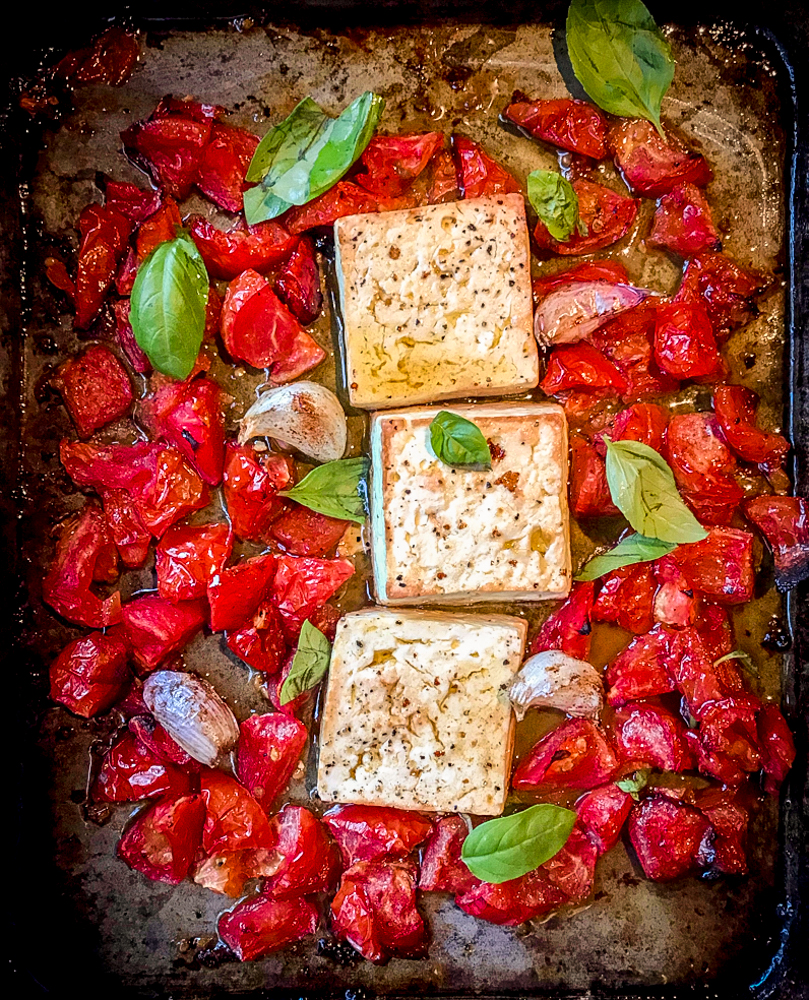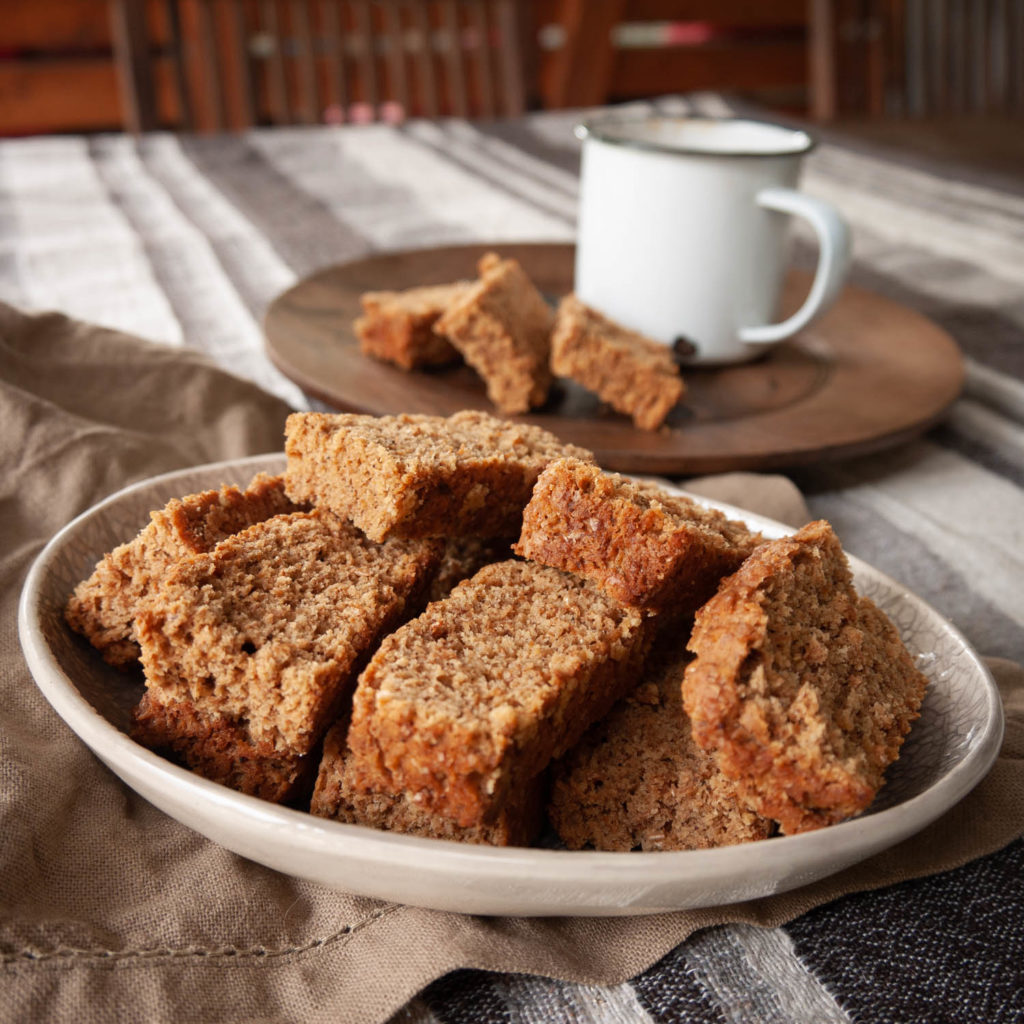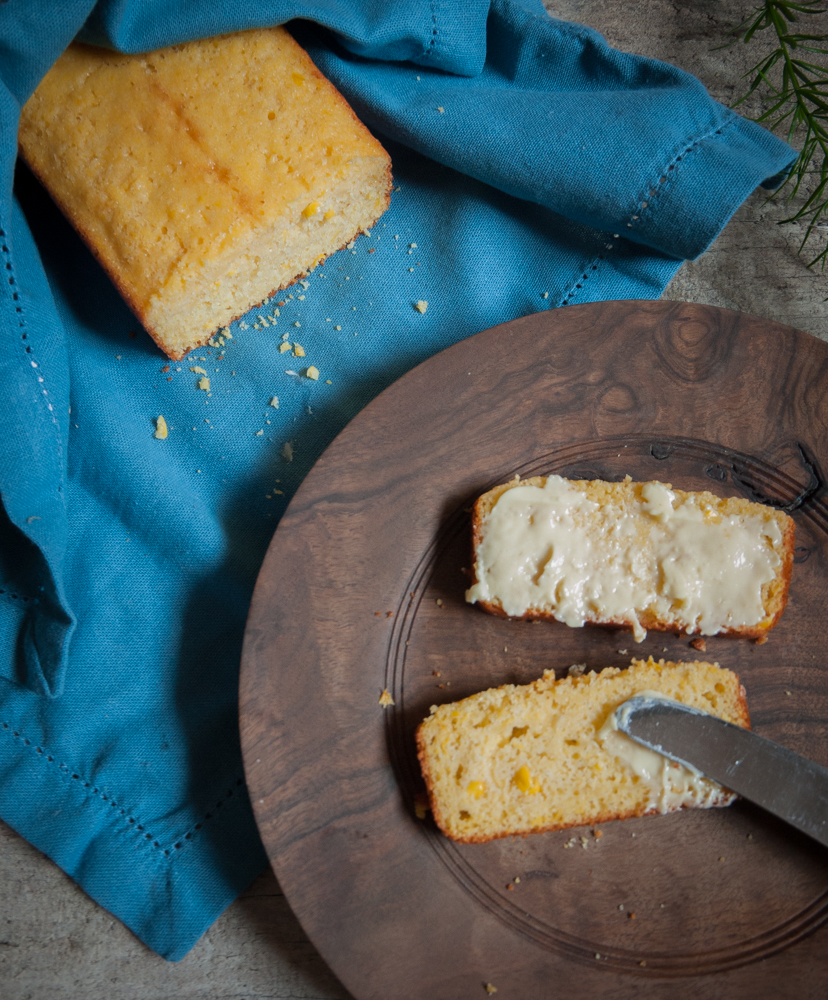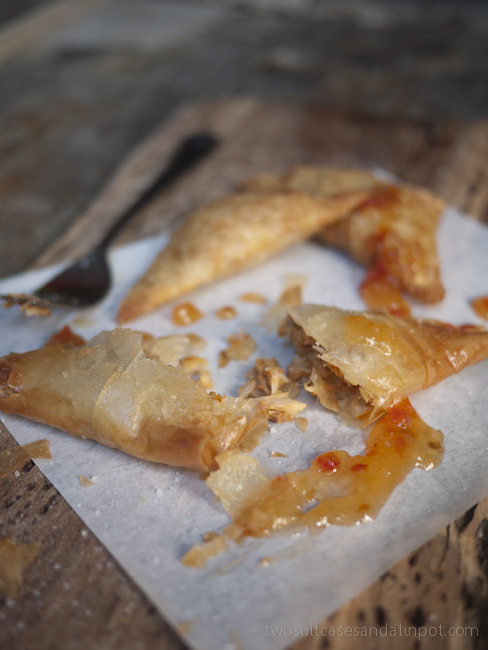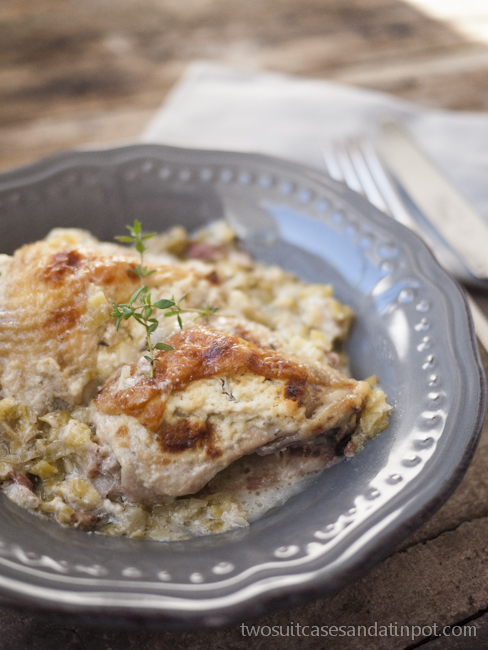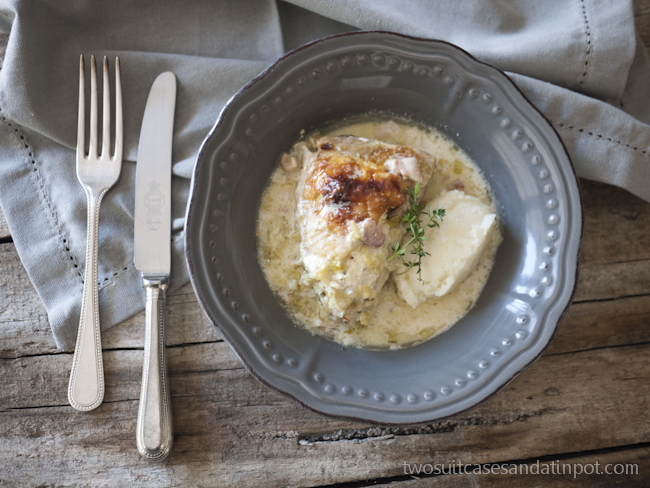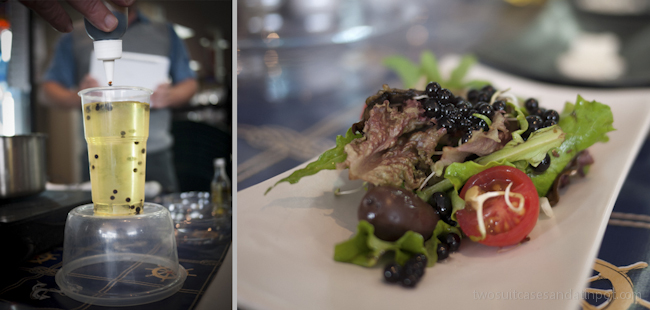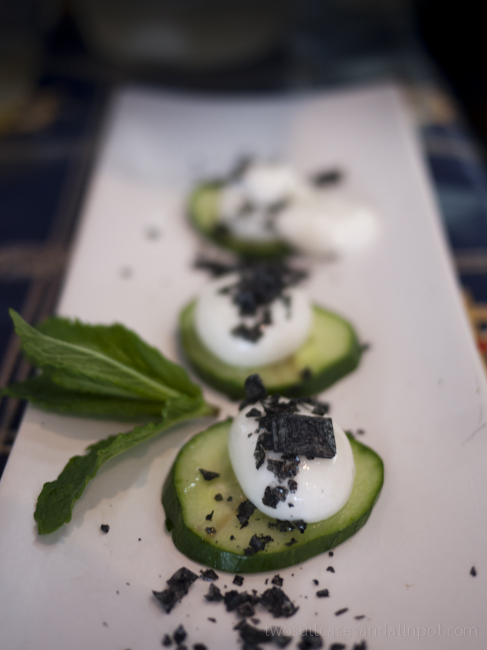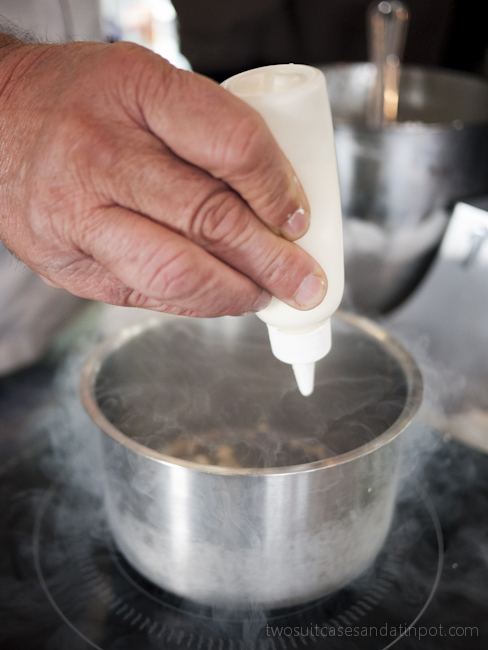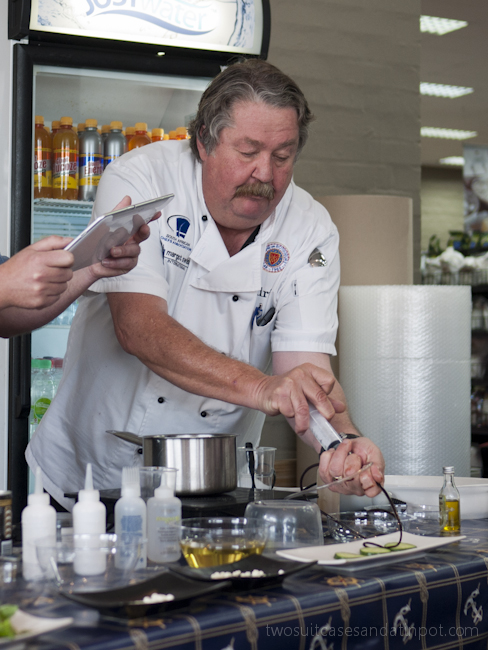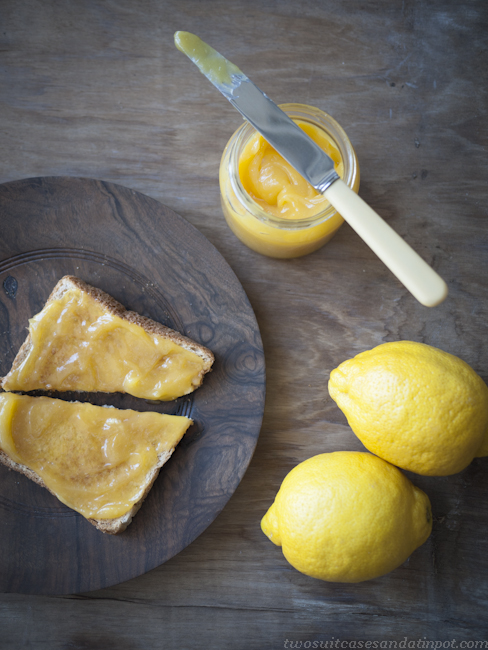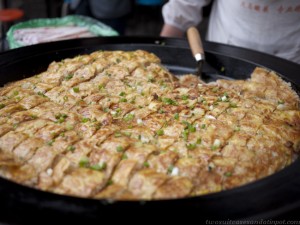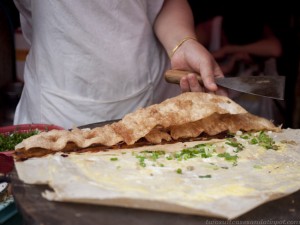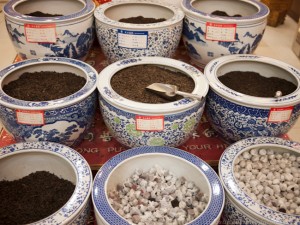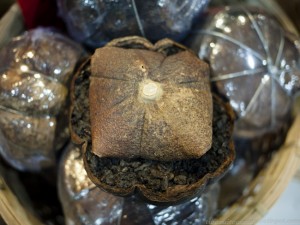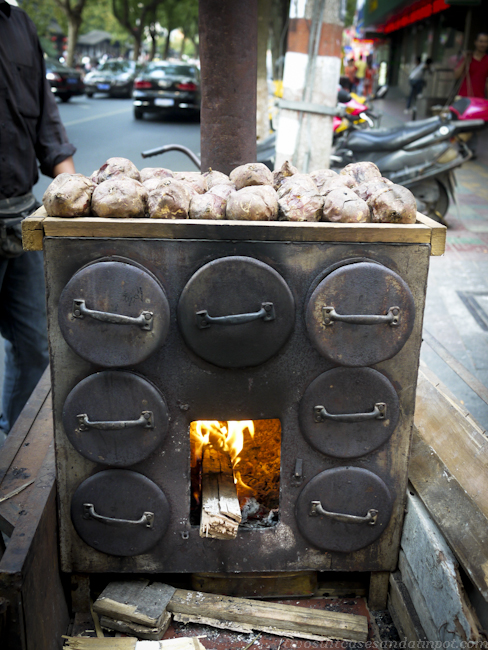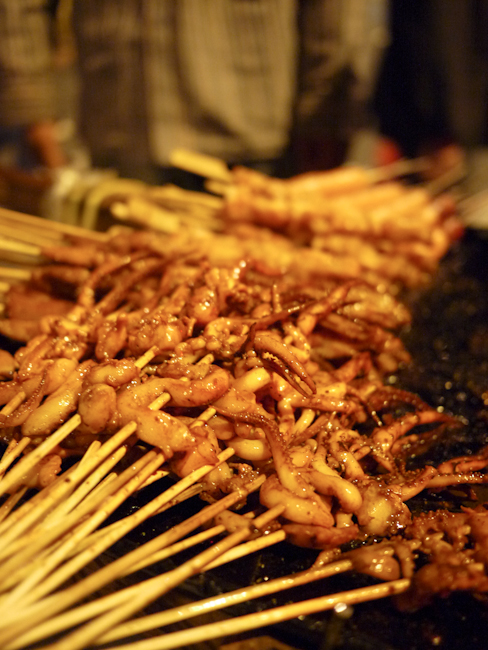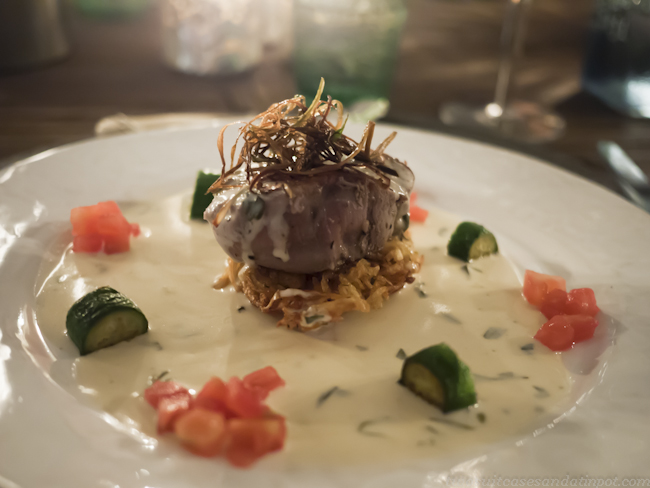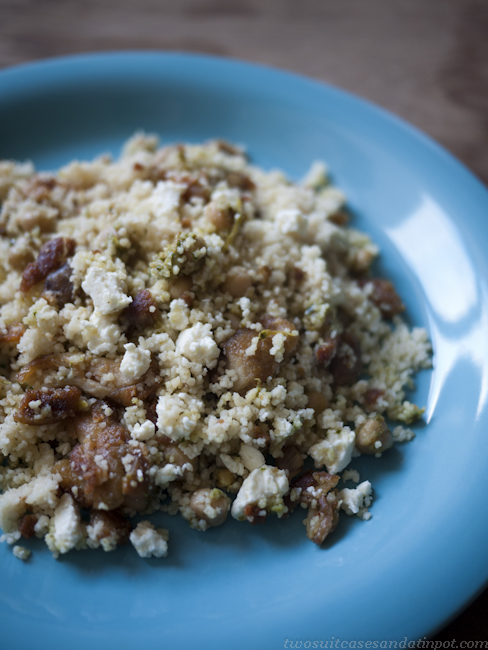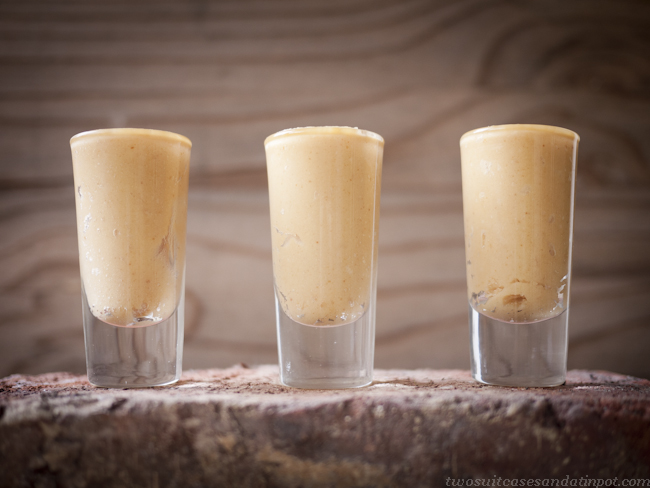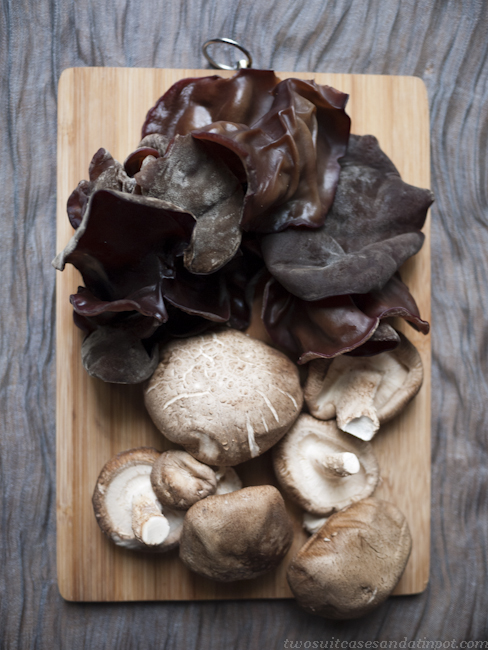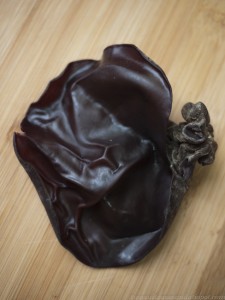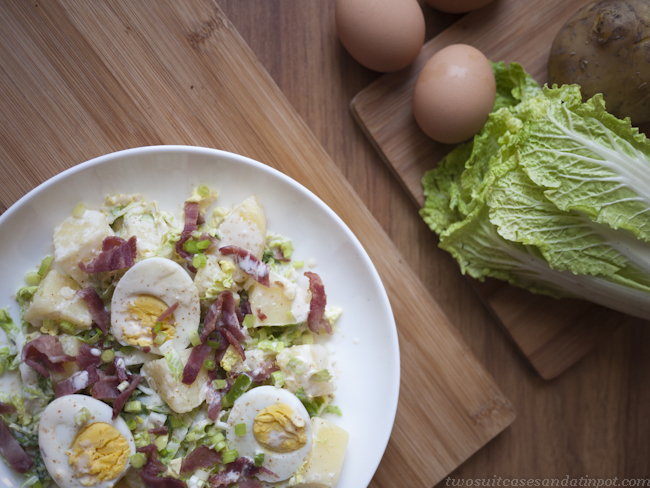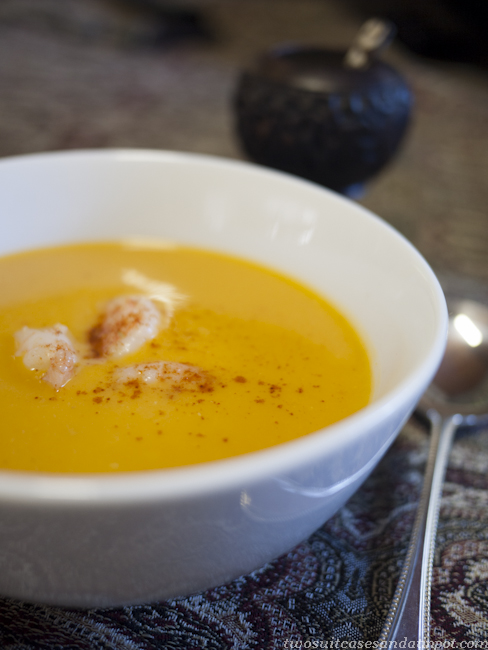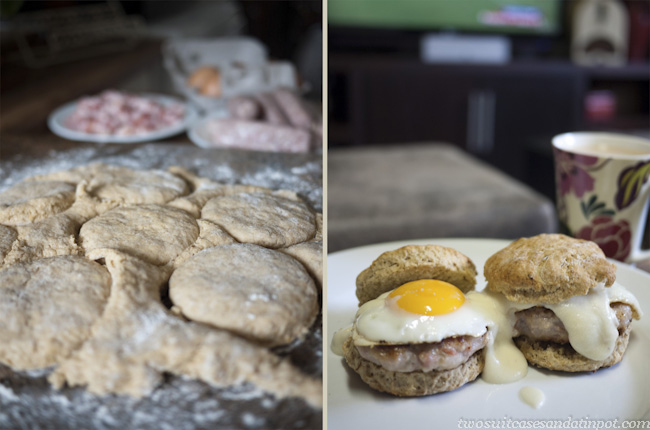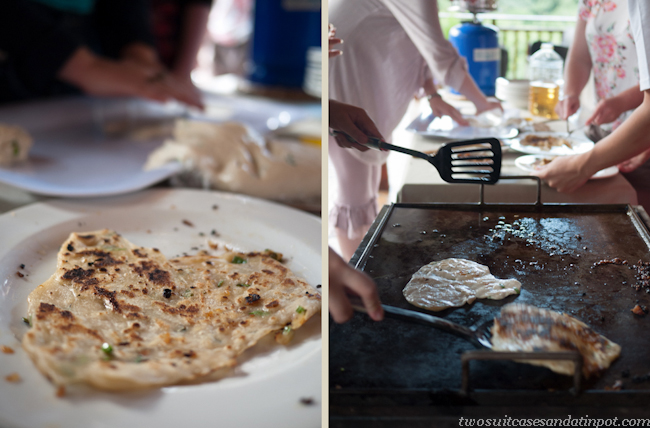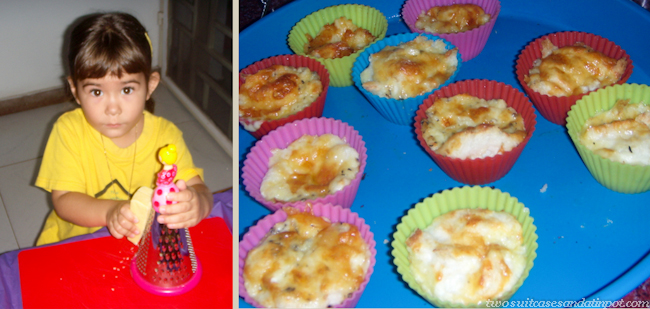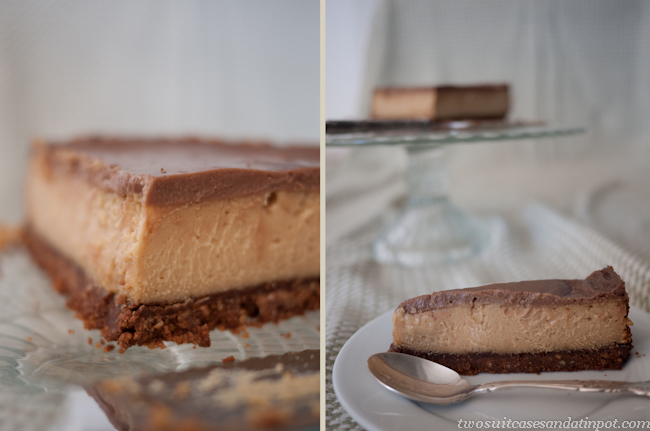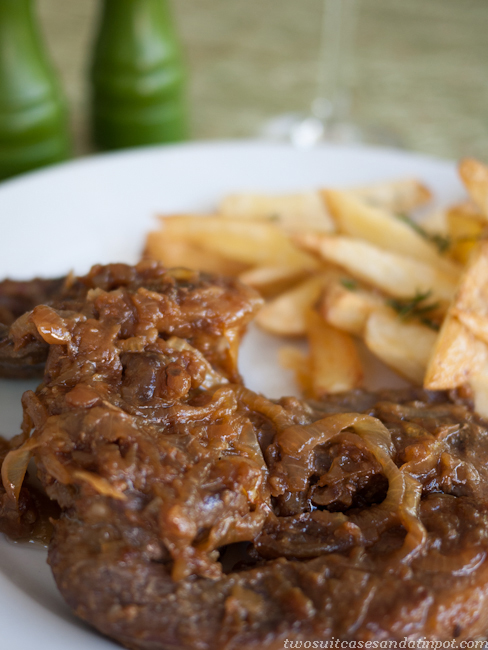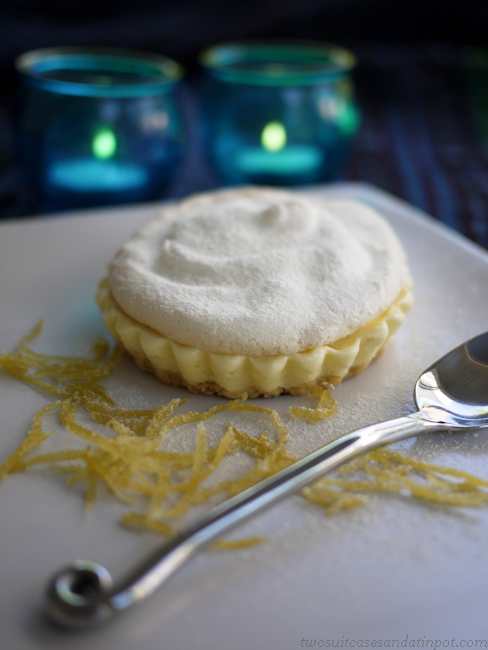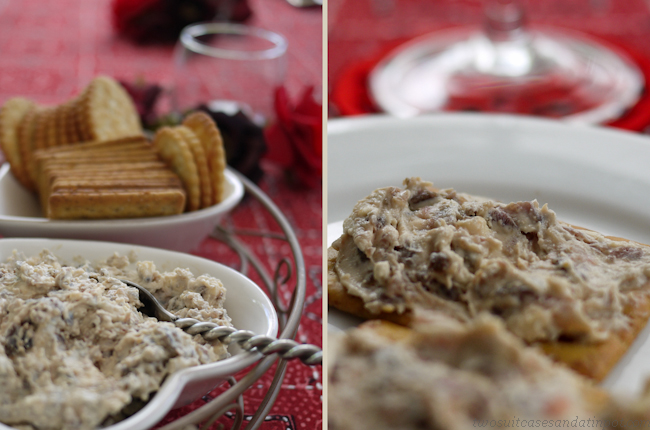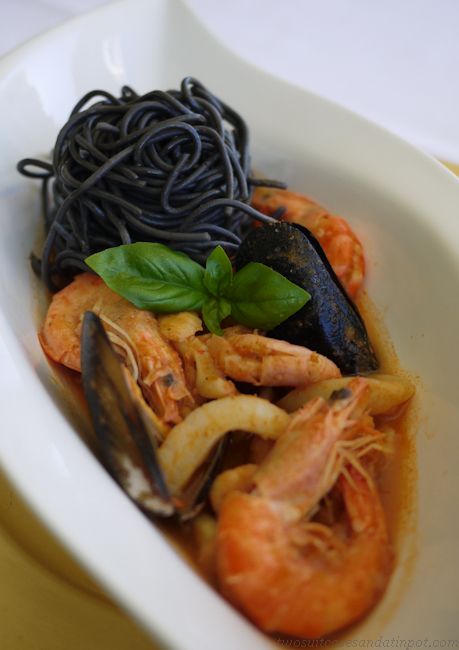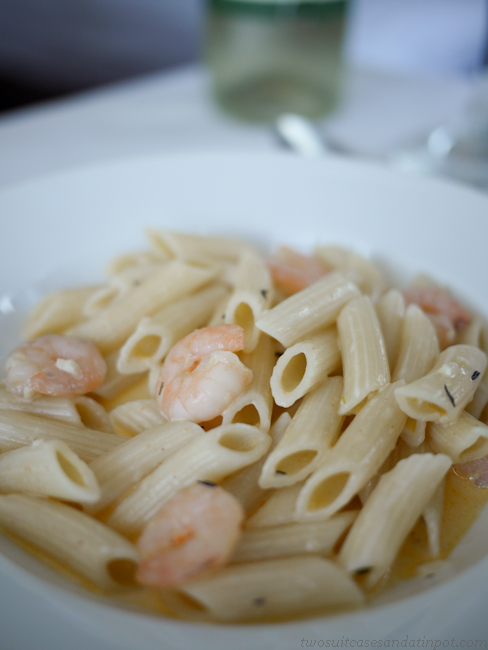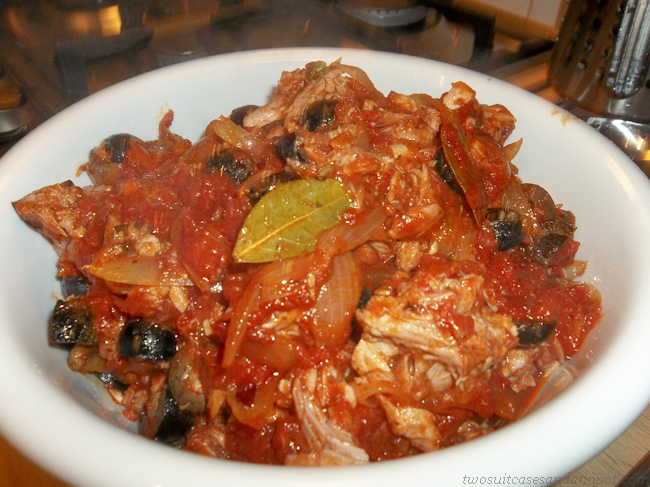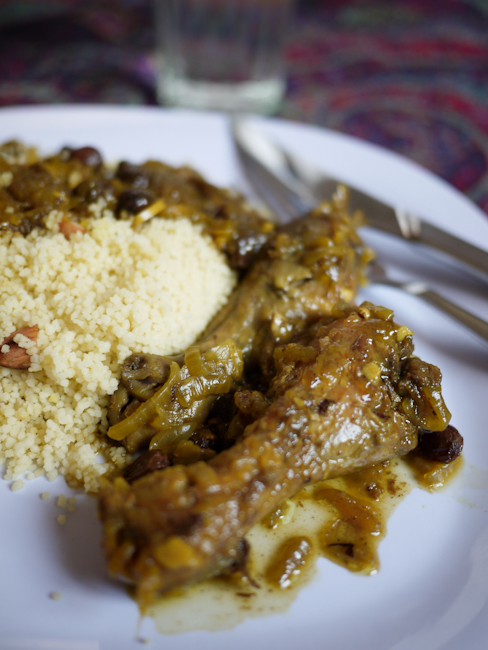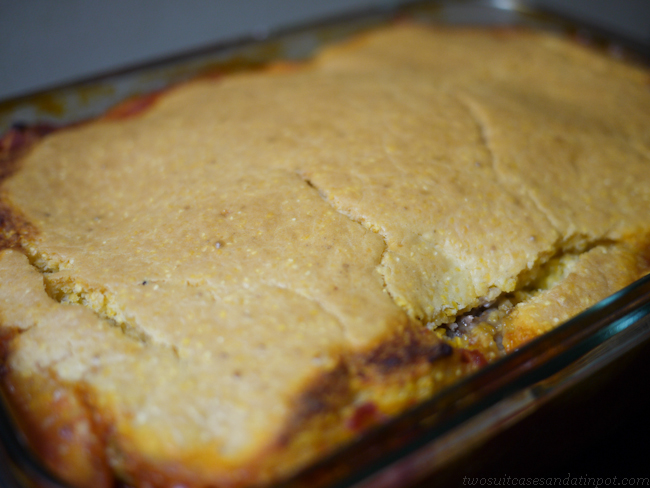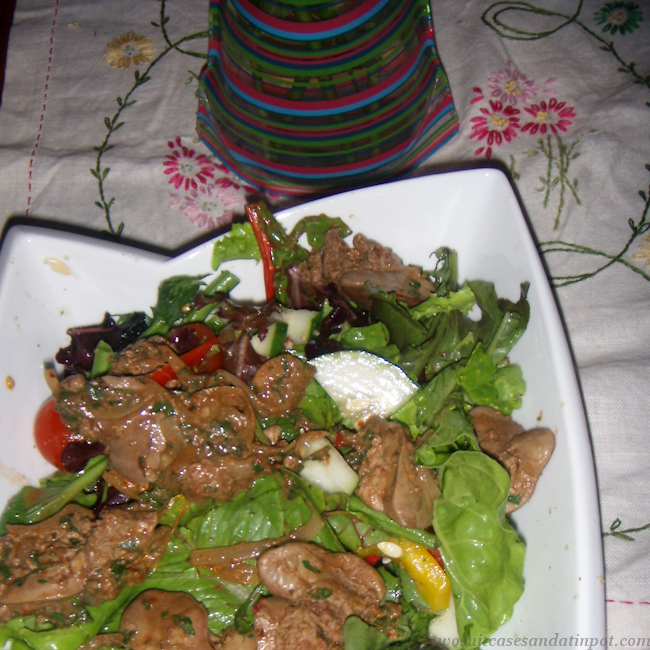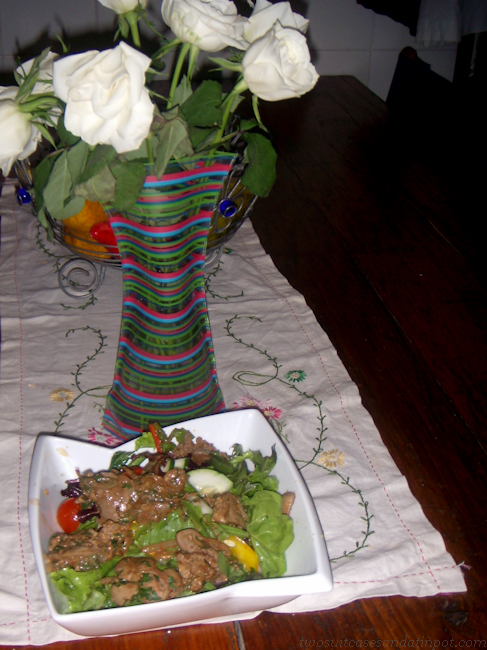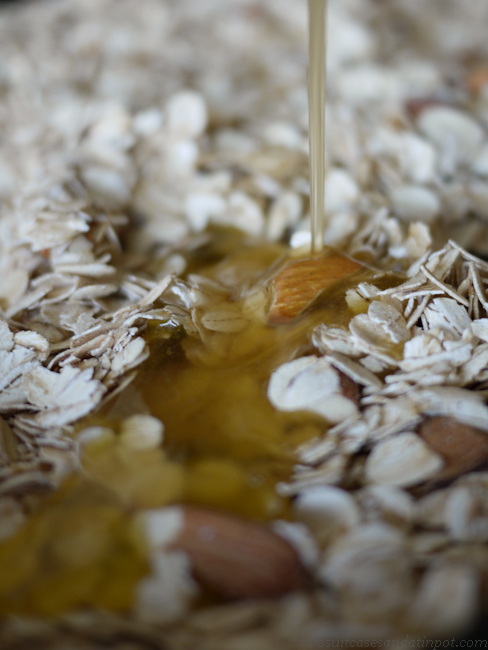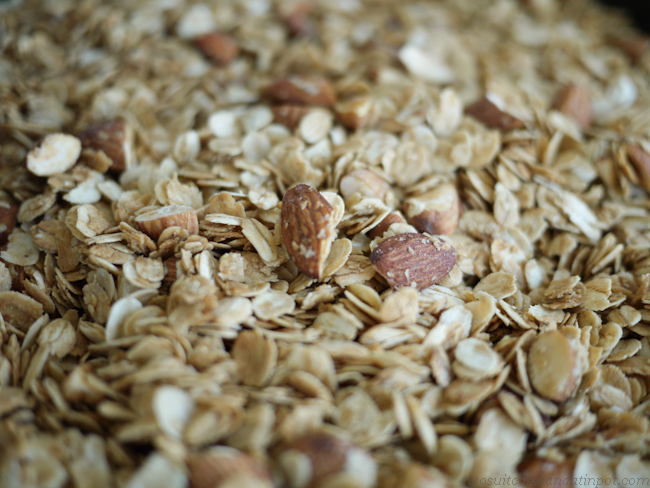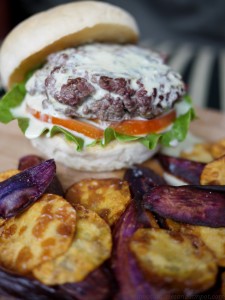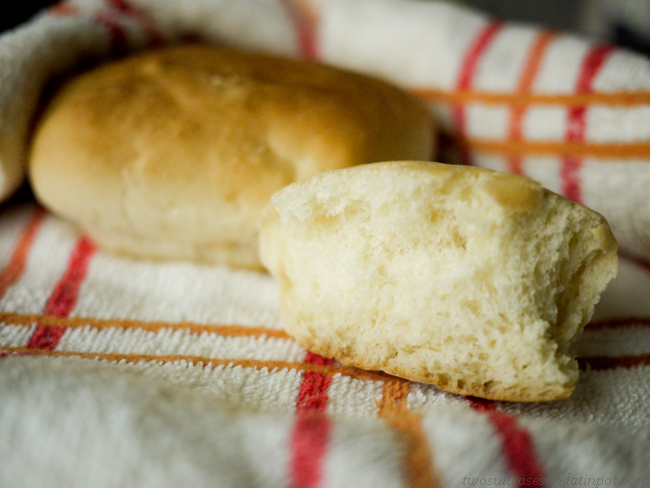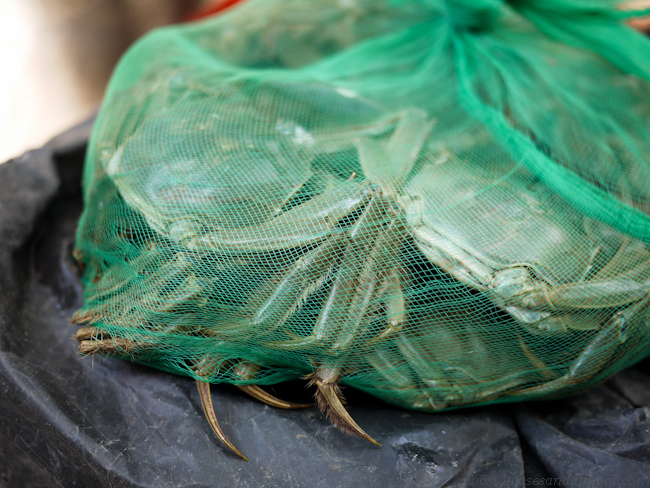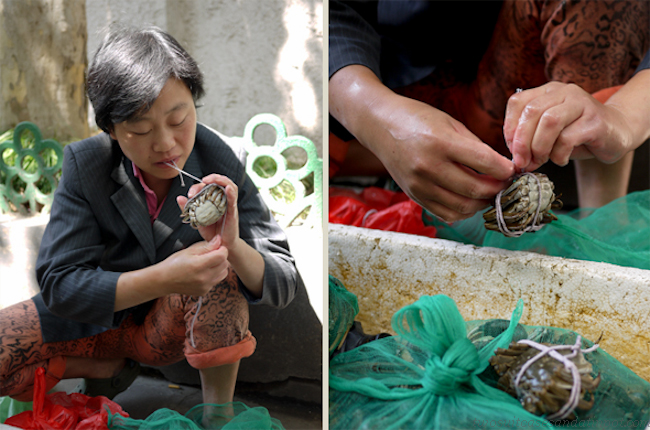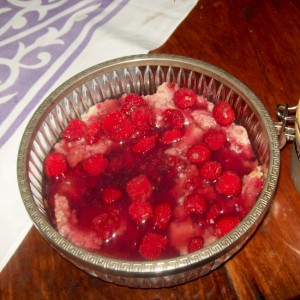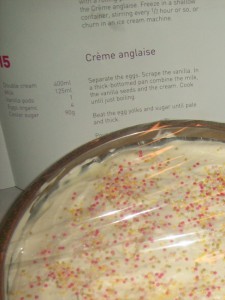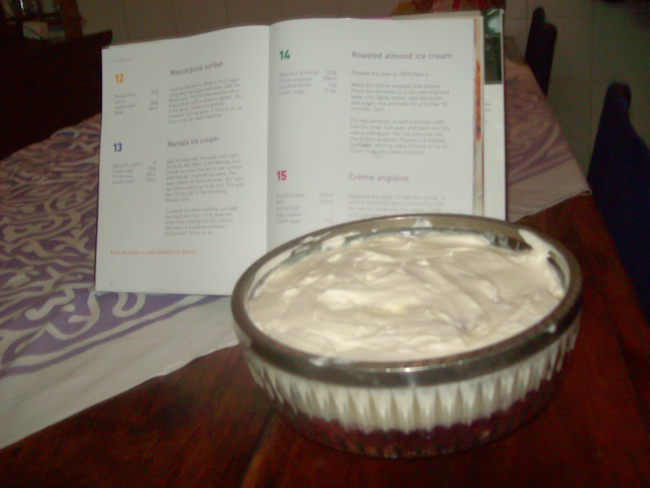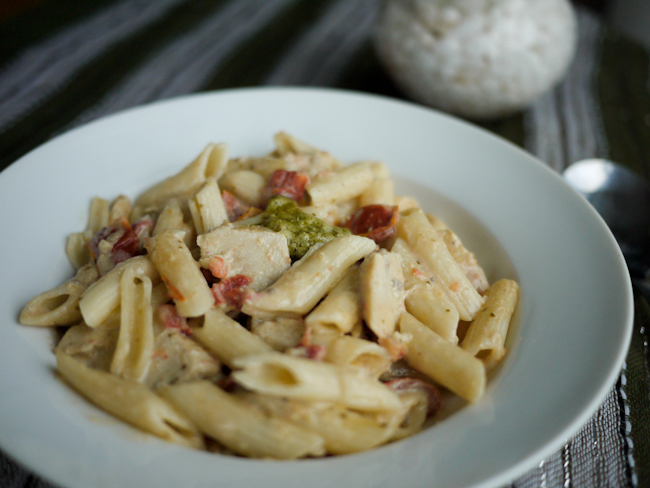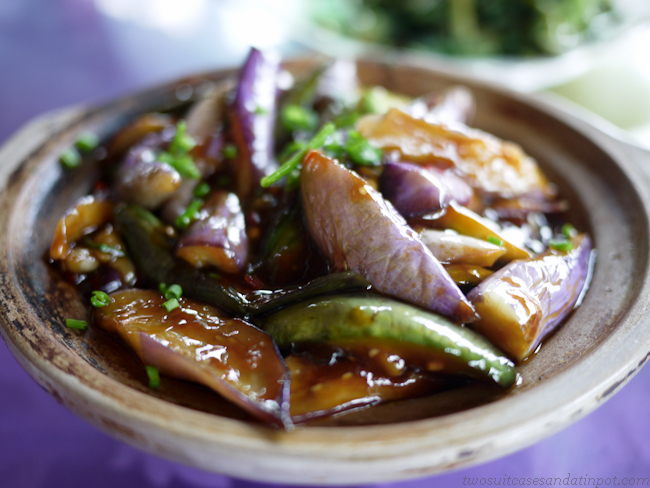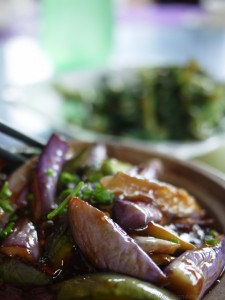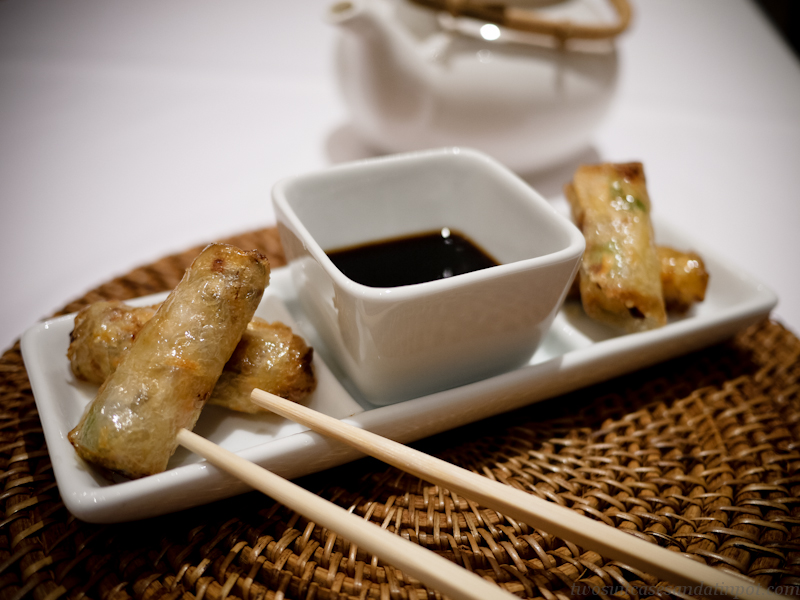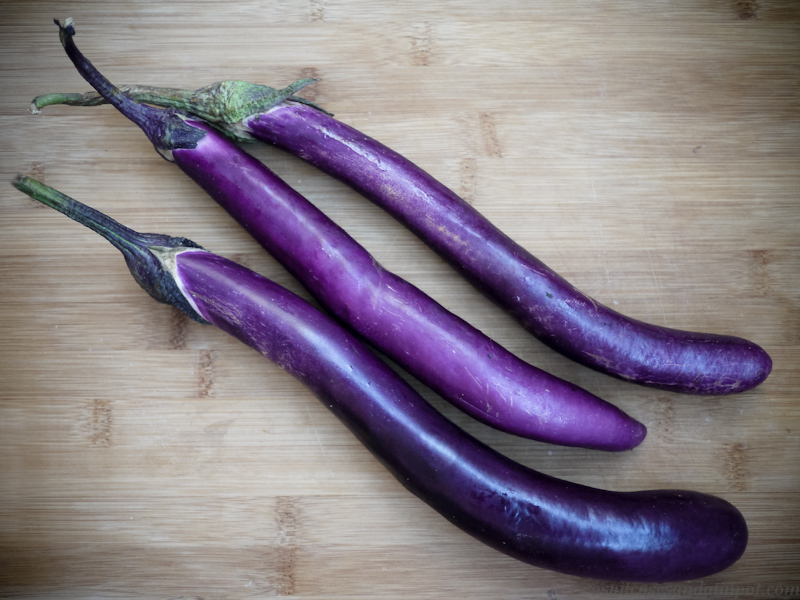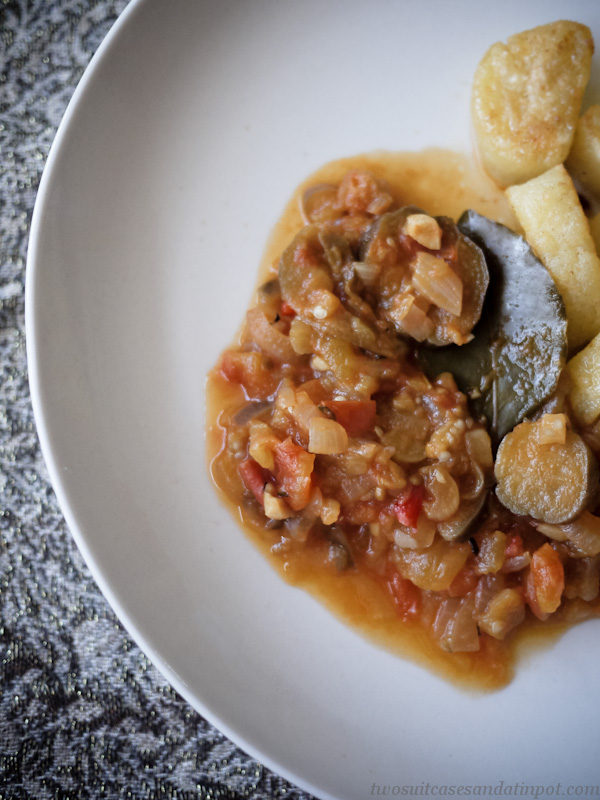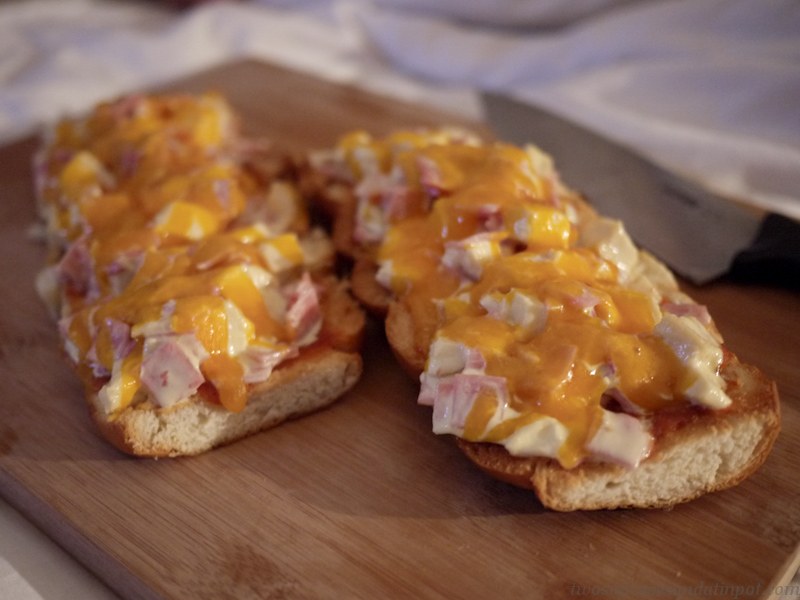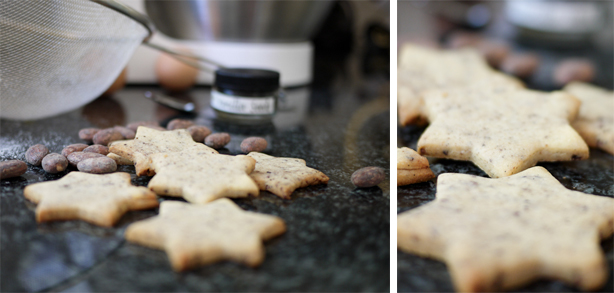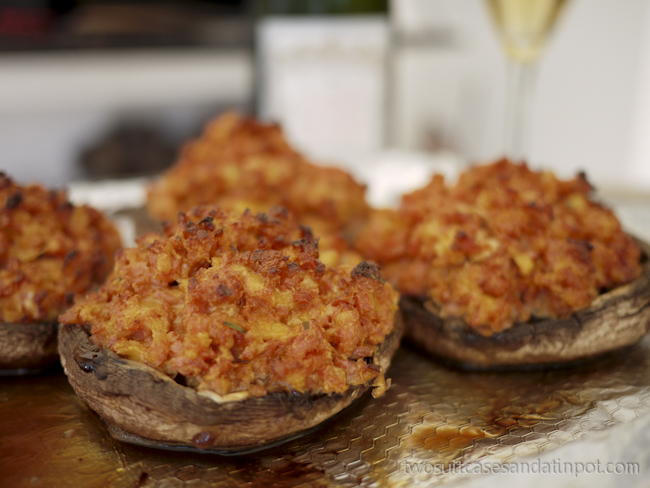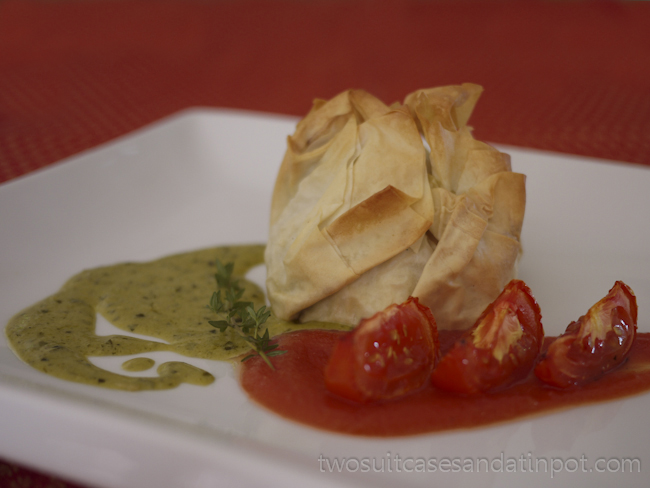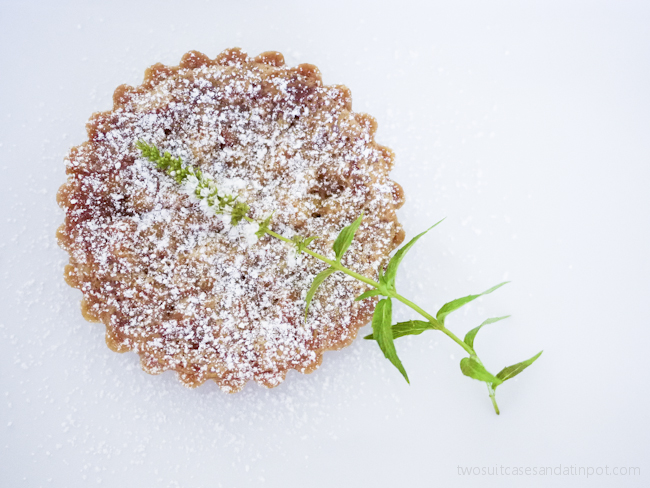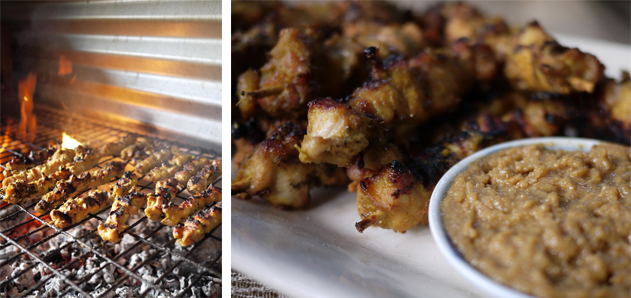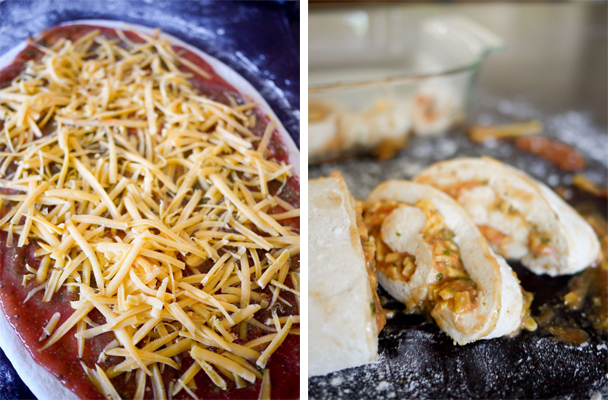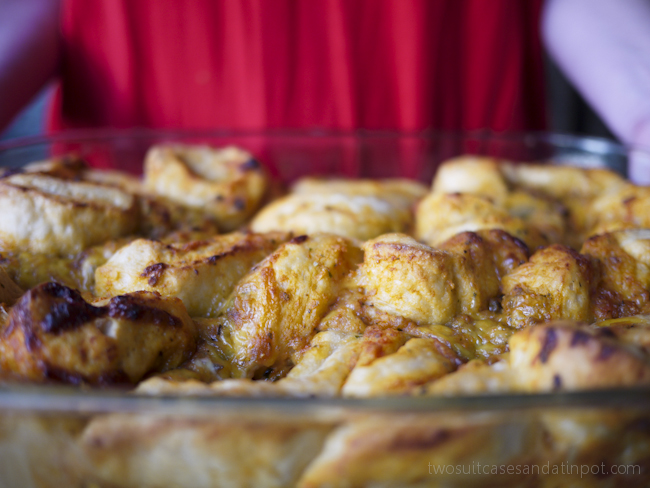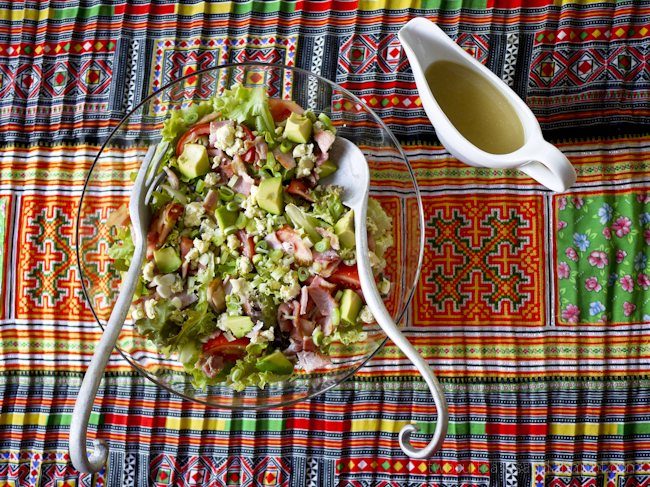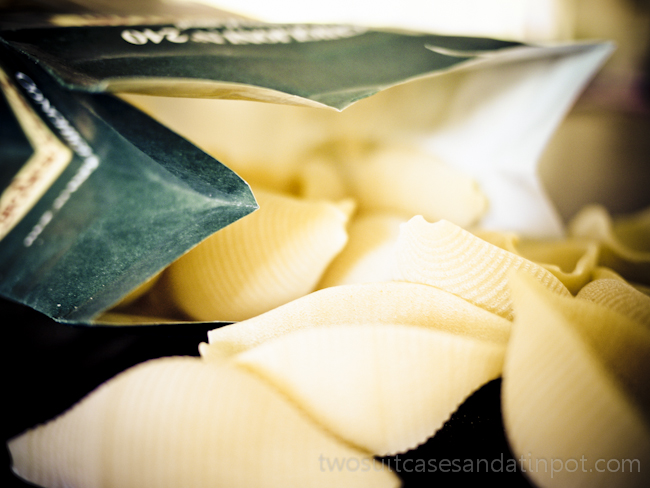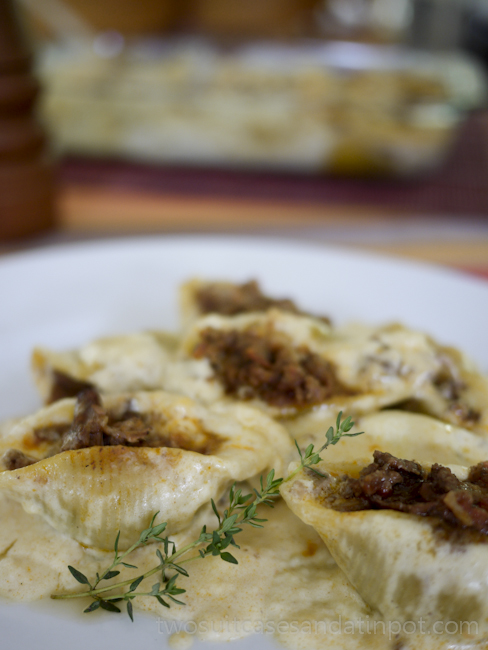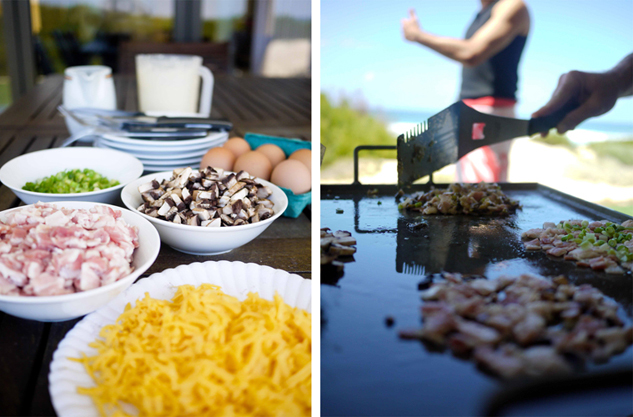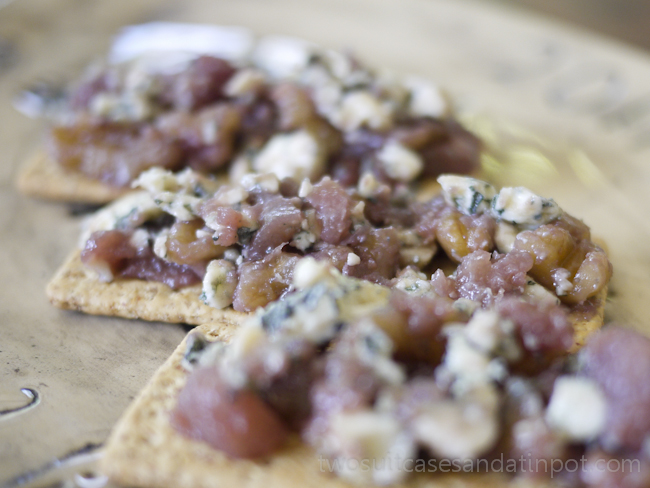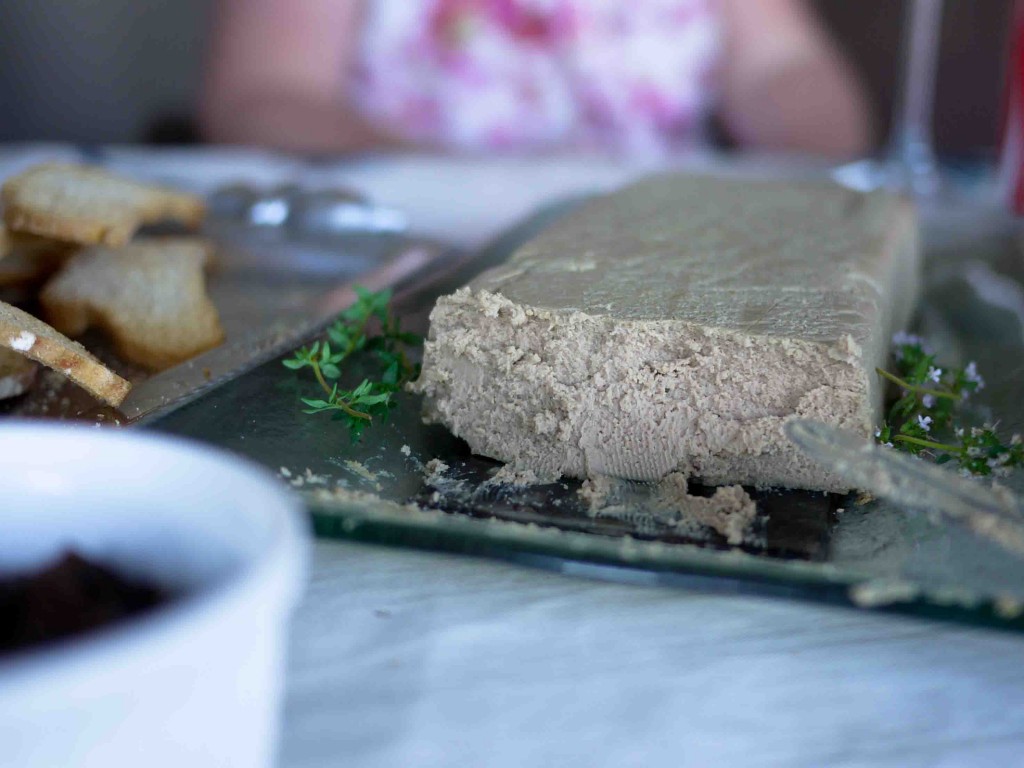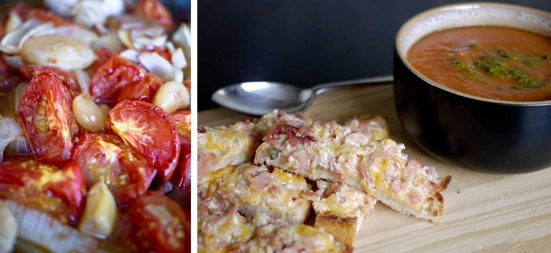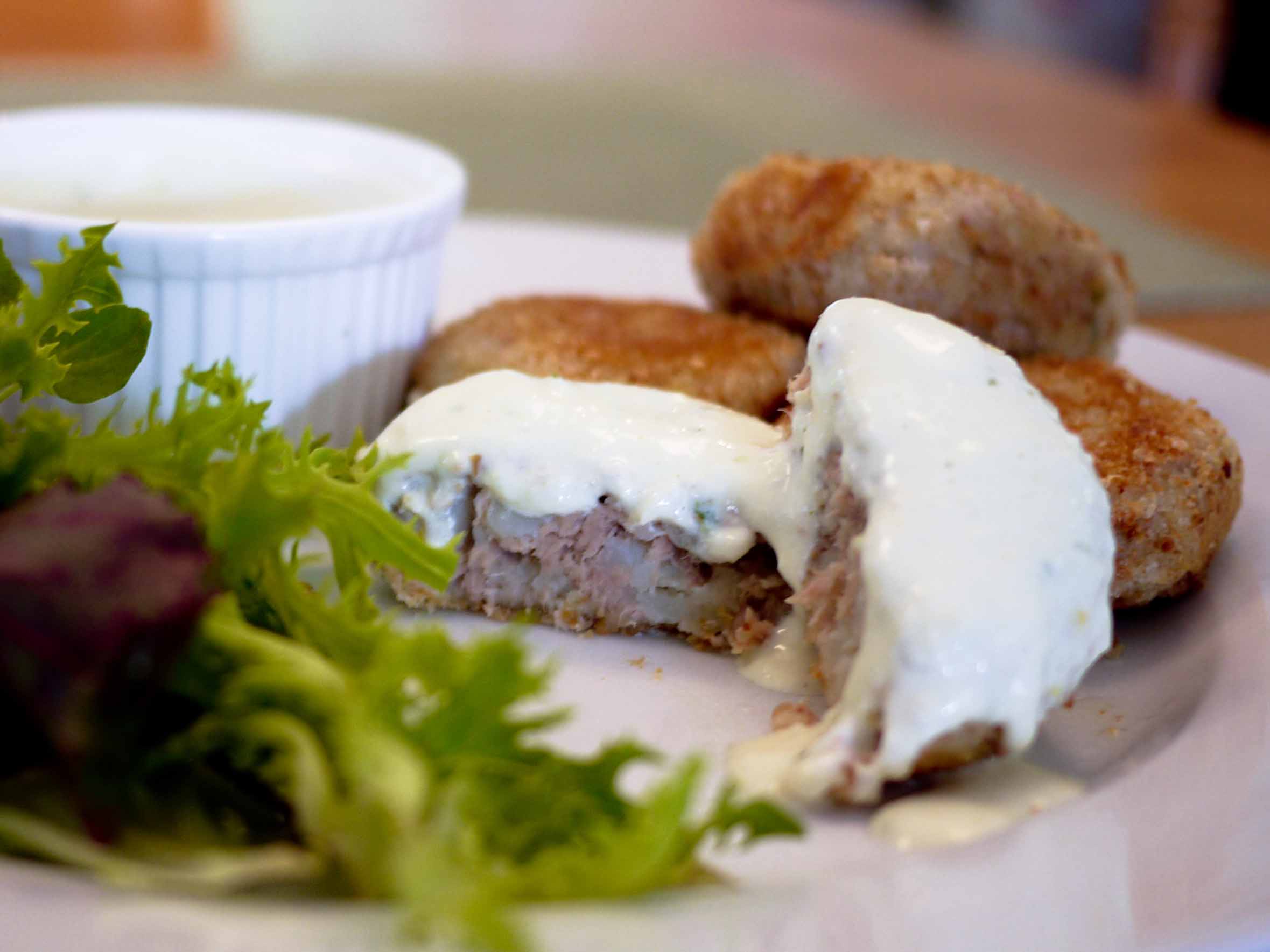When my favourite married-on girl cousin in all the world told me she was making a trifle with what she considered to be a jelly flop (a recipe gone wrong, not a chubby person diving), I said she should write down the process and guest blog for me. She is, after all, everything I am failing miserably to be: A strong, independent woman who packed it all up, headed north into Africa and started her own school in Dar es Salaam (to date, I have only ticked off the “packed it all up” bit). And she’s a fabulous cook. If that is not an expat surviving in a foreign country (and doing it well) then I don’t know what is! For that braveness alone, she is my hero. What a joy to wake this morning and find this in my inbox!
By Rachel Carlin
It started when I started my own business. It all became too much. I needed something to take my mind off the gazillion things I had not completed in the 24 short hours in a day. Everyone needs a release, a vice, something that takes the edge off. I turned to baking. Living and loving it in Dar es Salaam, baking was not the obvious choice of emotional release as most ingredients needed are imported and so are 3 times the cost of what they are back home and there is not a constant supply of ingredients. Still, I figured this was a cheaper option than developing a crack habit.
The other problem is I live alone and like any mid thirty year old woman, I watch what I eat and I also do not have a wild love for confectionery so not only do I bake but then I hand out the baked good. I like to think of myself as Robin Hood meets Delia Smith. The only problem is everyone knows my baking is associated with some emotional melt down and the more elaborate the dish, the bigger the melt down. My neighbour now greets my arrival with baked goods with an “Oh no, what now?”.
This week’s culinary adventure was not brought on by an emotional breakdown. It was inspired by two simple facts: a bottle of pink JC le Roux I was unsure what to do with as cannot drink it, and a man returning from a trip of doing manly things and needing some bed bait.
The obvious choice for the pink bubbly was champagne jelly. I have never tasted this and could not understand how it works. For a smart, post graduate educated woman, I can be surprisingly dumb. I somehow thought the jelly would contain the bubbles. How or why I thought this, I do not know, but in case there are others like me, let me just clear it up, it doesn’t. I also referred to Anthony Worral Thompson’s recipe on the BBC food website. Silly for two reasons: Reason 1: Wozza has been caught shop lifting due to the recession and is clearly not the way forward and reason 2: as my favourite food critic told me it was a rookie mistake to make a dessert listed as “low fat”. But I did and I made it and was disappointed. Instead of the melt in the mouth bubbly light (and low fat) dessert I had hoped for, I ended up with ming. The taste resembled a stew that had the red wine added too late, so an overpowering taste of raw alcohol and nothing else. But there was no meat taste, thank heavens.
I unfortunately believe in throwing good money after bad and as I did not know what to do with this quivering thigh resembling thing in my fridge I thought, hmmm, why not make a trifle. Disguise it as something else and others would be tricked. Only problem, I hate trifle. The components are from the nursery, and assembling baby food and calling it a dessert is a shameful cop out. Also, I was unsure what to do with the finished product. Manly man missed various planes, trains and automobiles, so was not going to be here for this delight. Trifle is not fence sitting material. You either love it (I ended a relationship due to his love of this gloop, and my mother’s version at that) or hate it due to a refined palate. But making it is fun, especially if you are an over-achieving, middle child, attention seeker. And being me, I decided the challenge would be (ming) trifle from scratch.
I am also a shameless culinary name dropper and will always say it is Jamie’s soup or Delia’s pâté or Nigella’s butter laden, cardiac arrest causing risotto. In my head we are all on first name terms. So, I obviously use AWT’s champage jelly, Jamie’s Victoria sponge (only made half the recipe) and the River Cafe crème anglaise and then assembled. Whipped cream on the top was all my own.
I have dispatched this piece de resistance to the Little Theatre where (other) manly men are building the set of We Will Rock You, the musical. They might not be the connoisseurs I was hoping for, or the thank you from my manly man I was hoping for, but they appreciate anything, being manly men, and my concoction has found a happy home.
To make the pink champagne jelly trifle
Where it began: Pink champagne jelly
1) Soak 6 leaves of gelatine in cold water for 5 minutes.
2) Open the bottle of pink bubbles and pour into a large freezer proof bowl. If you are so inclined, by all means have a glass and toast your own fabulousness.
3) Add 100g of caster sugar, again not an exact science, more if you like it sweeter, ummm less if you don’t.
4) After 5 minutes, squeeze the gelatine leaves, place in a small pan and heat gently with a bit of the bubbly until completely melted.
5) Add some more of the bubbly to the pan, a fair amount to get all the gelatine absorbed and back to room temperature. This step is important because if you pour the melted gelatine straight into the cold or even room temperature liquid it will become a small horrid mass that you can’t do anything with. This learning curve happened about a year ago.
6) Place in the fridge and allow to set. Depending on your fridge and the quality of gelatine, I would safely say overnight, but perhaps you could have it set in 4 – 6 hours.
7) Once you are ready for the trifle, prepare half a batch of Jamie’s Classic Victorian Sponge. Bake and allow to cool.
8) Next make River Café’s crème anglaise:
400ml Double cream
125ml Milk
1 Vanilla pod
4 Eggs, organic
90g Caster sugar
– Separate the eggs.
– Cut the vanilla pod in half lengthways and scrape out the seeds.
– In a thick-bottomed pan, combine the milk, vanilla seeds and cream. Cook until just boiling.
– Beat the egg yolks and sugar until pale and thick.
– Pour the warm cream/milk slowly into the egg yolks and stir.
– Return to the saucepan and cook over low heat, stirring constantly.
– When it is almost at boiling point, remove from heat. If it boils, the sauce will curdle. Set aside to cool
In a serving bowl, layer the cake, jelly, some fresh raspberries and creme anglaise and top with fresh whipped cream.
*And interesting side line. I have never made creme anglaise custard before. I am also in the middle of my Jodi Picoult fest and the book I am currently reading is Handle with Care. The mother (because there is always a mother in these books) used to be a pastry chef. Each chapter starts with a baking technique explained. How fortuitous that the first technique was tempering which means to heat slowly and gradually. You temper eggs by adding hot liquids, a little at a time. This was a very important tip for me, as I would have tried to add the eggs to the milk, despite being told not to, just out of laziness. Also, I would not have done it slowly as I am impatient. Who would have thought, Jodi Picoult teaching more than moral dilemmas about children?
